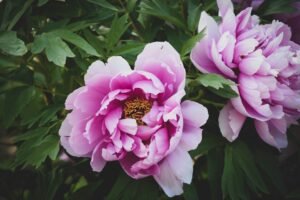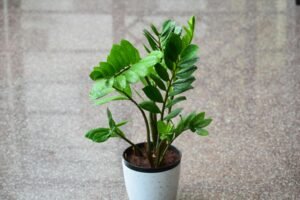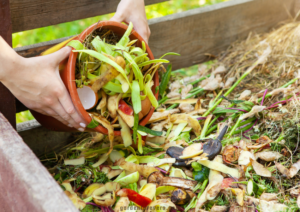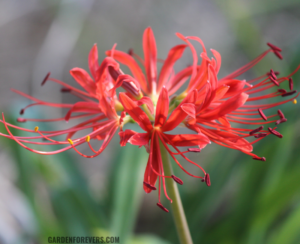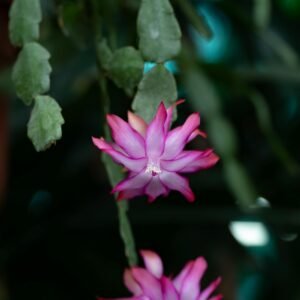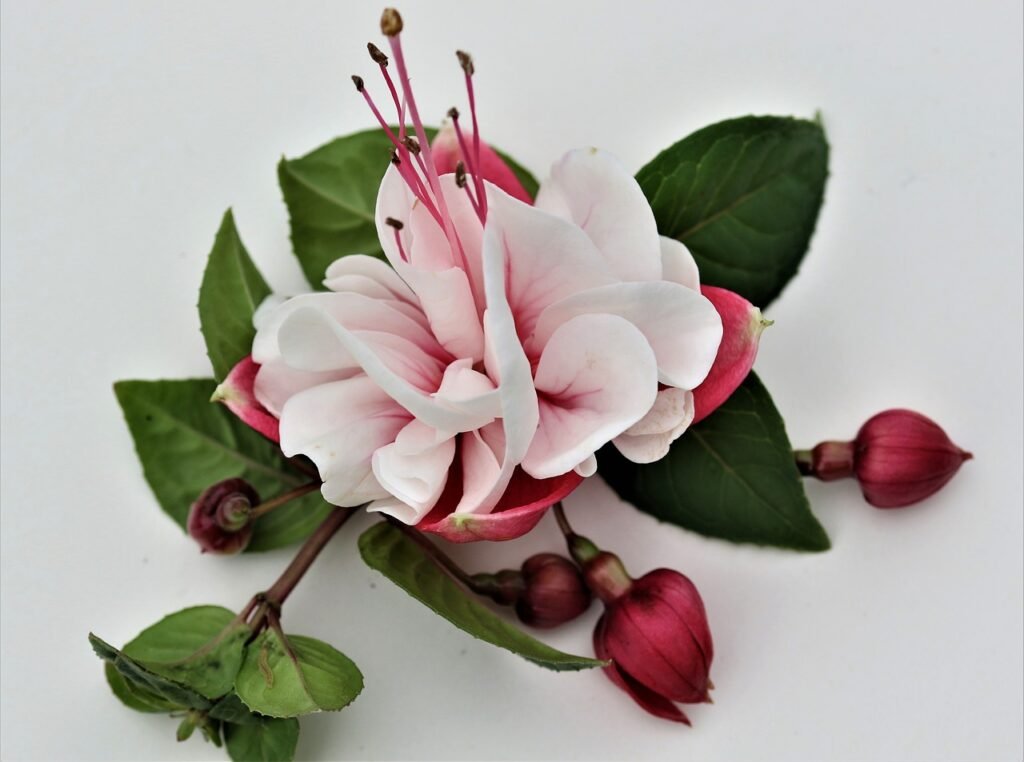How To Grow And Care For Kalanchoe Plants
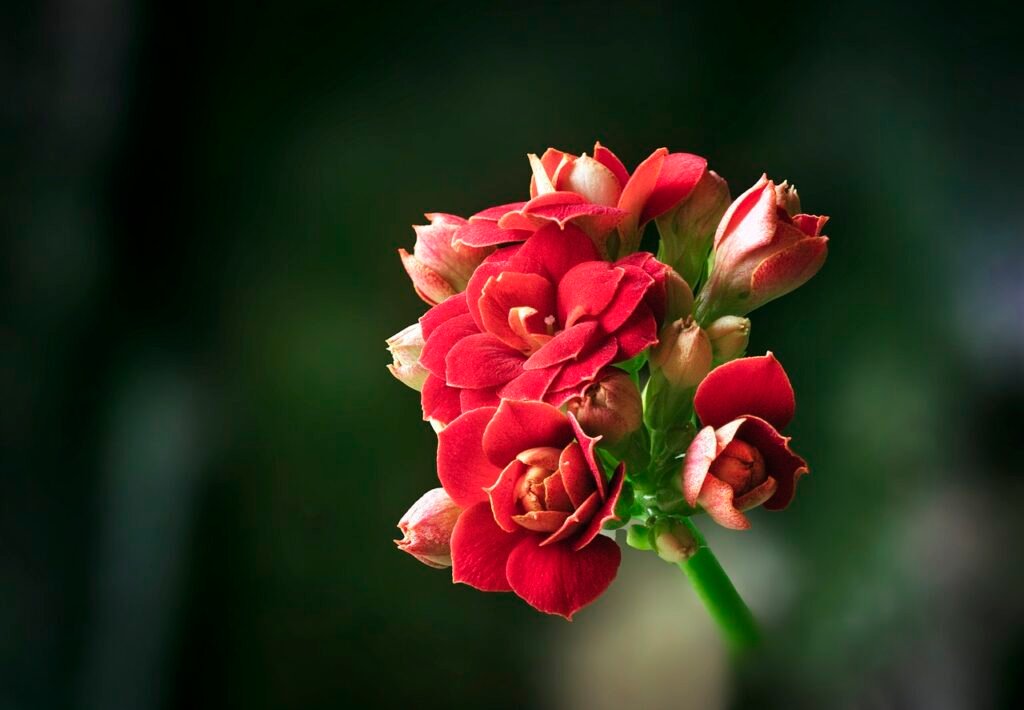
Growing and caring for has been such a beautiful adventure. I have had experience with different variations of them. Like, Kalanchoe blossfeldiana and Kalanchoe tomentosa. You can visit here to know more about our indoor plants.
Each of the varieties is unique in its own way. Over time, I have learned how to solve some common problems. Such include yellowing leaves or pests biting my beloved plants. Expanding my collections is easy now. I can do it by propagating Kalanchoe plants from leaf and stem cuttings.
Seasonal care involves adjusting watering and light. This care maintains their health. However, Kalanchoe adds beauty to our homes as well as purifies air. Growing and caring for Kalanchoe plants has been exciting. Their self-discovery has made them remarkable.
They are flowering succulents. They have green, thick leaves. They have become standard in my indoor garden. Kalanchoe plants grow on soil that drains easily plus do well in bright light but not direct sun. What I’ve done is water them sparingly for good health over the years. This means watering only when the soil gets dry will prevent root rot. It causes most diseases of this plant family.
As years went by, we pruned off spent flowers. We cleared away dead leaves to make room for new growths on each plant category. I just need to put in a little effort all year. Then, these tough plants will bloom beautifully. You can get long-lasting flowers with no trouble.
Different Varieties of Kalanchoe Plants and Their Unique Features
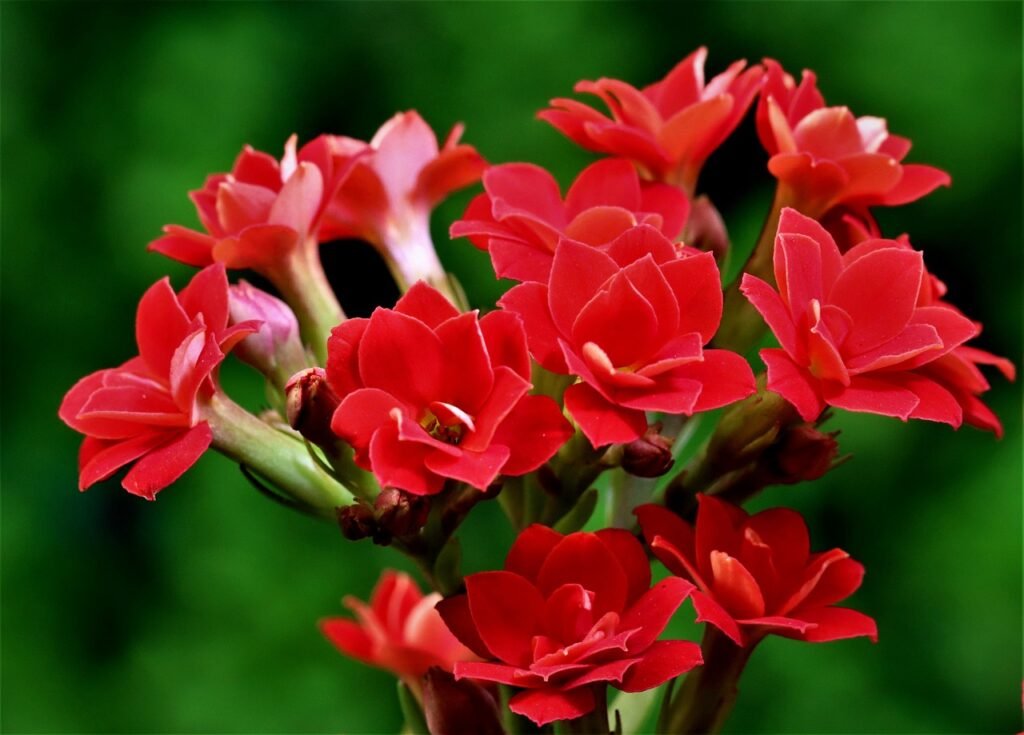
I keep a number of Kalanchoe plants. It encompasses numerous species. Each has its own unique beauty and attraction to visitors. For instance, Kalanchoe blossfeldiana produce clusters of bright flowers. The flowers give my house some color.
Also, the plant is known as the Panda Plant. It has fuzzy, gray-green leaves trimmed in brown. This gives it an interesting and whimsical look. The Kalanchoe daigremontiana, also called Mother of thousands. This makes miniature plants from the edges of its leaves. This makes it captivating to watch grow. This means that each type of these makes my indoor garden something special.
Common Issues and Troubleshooting Tips for Kalanchoe Plants
All plants suffer some problems in their lifetime, and so does Kalanchoe. One of my most common problems is yellowing leaves. They are often caused by over watering. To solve this problem, I have learnt to allow the soil to dry out completely before watering again.
Another issue is leggy growth which occurs when a plant is not getting enough light. Moving my Kalanchoe to a brighter area helps fix this issue. There are also pests like aphids and mealybugs which can be irritating. I inspect my plants often. I use mild insecticidal soap to deter pests when needed.
Propagation Techniques for Kalanchoe Plants
Of all the things I have seen since I started gardening, this is one of the most exciting. I have had success in breeding new plants for my collection. I did this through leaf cuttings, stem cutting, and offsets. I take a healthy leaf and cut it off. Then, I let it dry for about two days.
After that, I put it on moist soil. Soon, roots start to form and a new plant begins to grow. On the other hand, stem cutting involves cutting healthy stems. You let them dry before planting them into soil. These are small plants growing at the base of their mother plant. They are called offsets.
They may be carefully detached and planted separately. So, in any way, getting more kalanchoes has become easy for me.
Seasonal Care for Kalanchoe:
Tips for Year-Round Maintenance

In order for them to stay healthy throughout the year, they require seasonal care tips. In spring and summer times, I water my plants more frequently than usual.
Additionally, I see to it that they receive plenty of bright but indirect light. But, in autumn and winter, I water less. I then move them to cooler places with enough light. It is also imperative for me to be looking out for any signs of stress or disease occasionally though.
During growing seasons, applying a balanced Fertilizer has helped me. It’s made a difference in keeping my Kalanchoe plants blooming and healthy. I also look to nature’s calendar for how to tend these succulents. It guides me on what to do based on the time of the year. This way, they will stay vibrant all year without any major problems.
Benefits of Growing Kalanchoe Plants Indoors
Growing Kalanchoe plants indoors has brought numerous benefits to my living space. Their vibrant flowers and attractive foliage add a touch of natural beauty to my home. These plants need little care. They are great for busy people or new gardeners.
Additionally, Kalanchoe plants help purify the air, creating a healthier indoor environment. Kalanchoe thrives indoors. It needs little care. This makes it an ideal houseplant. Overall, Kalanchoe plants indoors enhanced my home’s look. They made the living atmosphere more pleasant.
FAQ
How often should I water my Kalanchoe plant?
Kalanchoe plants prefer to dry out between waterings. Usually, water every two weeks is enough. But, this can vary based on the plant’s environment. Check the soil moisture before watering; if the top 1-2 inches of soil are dry, it’s time to water.
What kind of light does a Kalanchoe plant need?
Kalanchoe plants thrive in bright, indirect sunlight. They can handle some direct sunlight, especially in the morning. But, too much sun in the afternoon can scorch their leaves. Placing them near a south-facing window with filtered light is ideal.
Can I grow Kalanchoe plants outdoors?
Yes, Kalanchoe plants can grow outdoors in warm, year-round climates. These climates are typically USDA zones 10-12. Put them in partial shade to protect them from intense sun. Bring them indoors if it gets below 50°F (10°C).
How do I get my Kalanchoe to bloom again?
To encourage Kalanchoe to rebloom, water it less and give it 14-16 hours of darkness each night. Do this for about six weeks. This mimics the plant’s natural blooming cycle. Once buds form, resume regular watering and light exposure.
Why are the leaves on my Kalanchoe turning yellow?
Yellow leaves can be a sign of overwatering, poor drainage, or insufficient light. Make sure the plant’s pot has good drainage. Water it less often. Move it to a brighter spot if needed. Additionally, remove any dead or dying leaves to promote healthy growth.

